The majority of your time on JET will be spent at one or more schools. While differences in culture and daily life will likely be quirky and interesting, differences in the education system stand to shock you most of all.
The more you know about these differences before you arrive for your first day of work, the less shocking those differences will be and the more smooth your transition. There will be a steep learning curve no matter what, so why not take some time to educate yourself and decrease the incline?
Please note that things listed here are what you'll most likely encounter at your placement on JET. There are always exceptions. But these are generally the kinds of situations you'll encounter.
- Students
- Teachers
- Organization
- Activities
- Machines and Contraptions
- Understanding Differences Between Japanese and American Schools
Students
Transportation
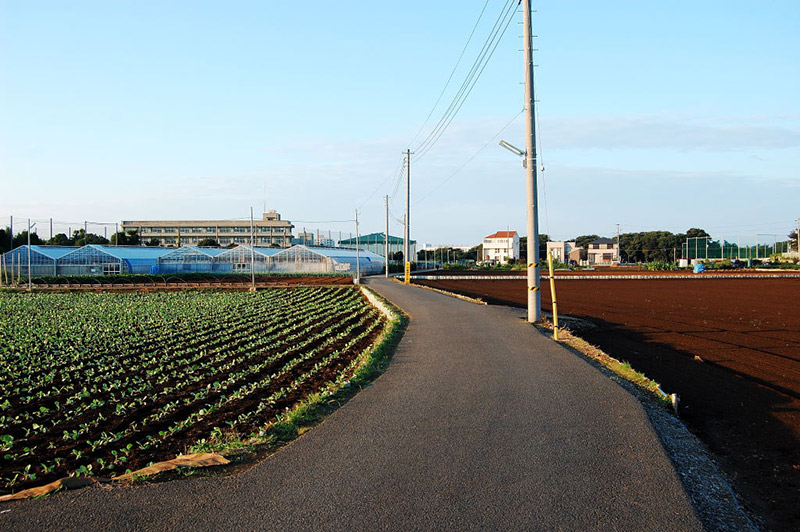
There are no school buses as some may be used to in their home countries. Students tend to live close to the school which they attend, so walking and biking is the way 99% of kids will arrive for a day of study.
High school is another story. Because students test into upper secondary education, they may or may not live in the same town as their high school. Thus many students may come by bus or train. Driving to school is not an option as the legal driving age in Japan is 18 and even after obtaining a driver's license, students aren't supposed to drive to school.
WHAT THIS MEANS FOR YOU:
If you're in the same town as one of the schools you're teaching at, you'll likely be walking or biking to work alongside your students. If you take public transit to a high school outside your town, you may be sitting on the bus or train near your students.
Entrance Exams and Cram School
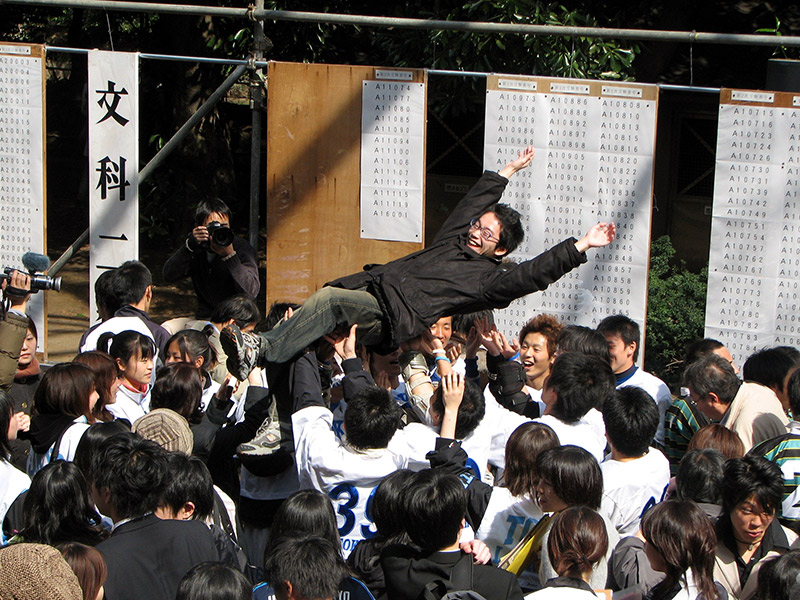
To get a good job in Japan, you need to go to a good university. To get into a good university, you need to pass that university's entrance exams. The universities you can apply for depend on the high school you attended. To get into a good high school, you need pass the high school entrance exams. And prep for those usually start in junior high, but can start much earlier.
The most common form of prep comes in the for of cram schools or juku 塾. These are after school schools where kids pay money for extra education in a particular subject or for help in passing important exams. They especially come into play when students are trying to pass entrance exams.
Cram schools have a lot of critics and proponents. But the fact is they are major part of the Japanese educational landscape and how it functions.
WHAT THIS MEANS FOR YOU:
This won't affect you directly, but it will affect what you teach. The intense focus on testing touches all parts of education culture in Japan. Though you likely won't be helping any of your students with entrance exams directly, you will be surrounded with the test-centric mindset. This can impact how students respond to your lessons, what your JTEs want you to teach, and more.
Behavior and Discipline
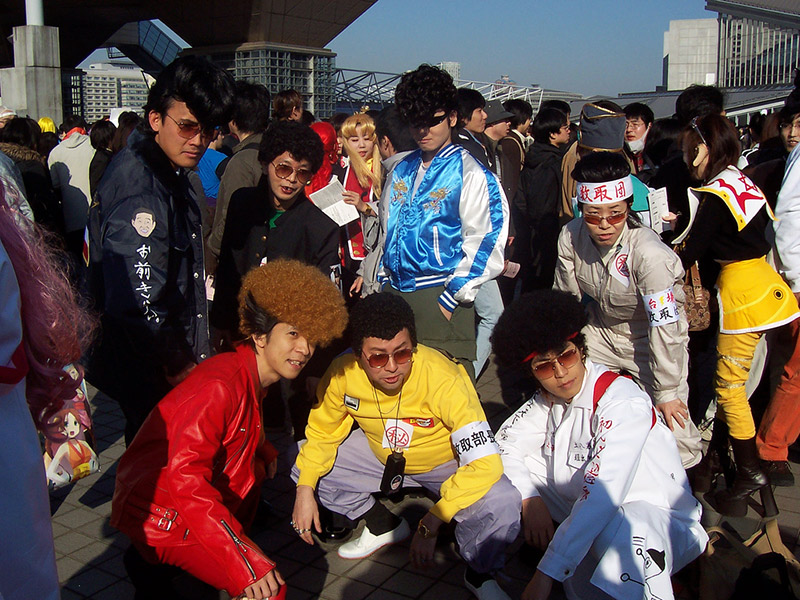
Most peoples' image of the Japanese classroom is one of quiet studiousness and respect for authority. Those who research online may find horror stories of chaotic classrooms with Mad Max-esque social structures. The truth is somewhere in between. As I mentioned before, my school leaned toward the difficult side. But even I had classes full of well-behaved kids. Most schools will have a mixture of both. Kids are kids all over the world, which means you can expect a range of personalities with a touch of childish behavior in each.
How misbehaving students are dealt with in Japan is often the subject of debate. While on JET, I heard this common story: Because the Japanese constitution states that "no child shall be denied an education" (Article 26), teachers are not allowed to send children out of the classroom. I've never been able to find evidence proving this idea. But I certainly never saw teachers send students out (maybe because disruptive kids would eventually leave on their own to go smoke).
Either way, discipline is up to the Japanese teacher. Sometimes they'll control the class and sometimes they won't (or can't). There's also a different standard as to what is considered "bad behavior" so a student's sleeping may get on your nerves, while your JTE isn't bothered by it at all.
WHAT THIS MEANS FOR YOU:
This is by far the greatest source of tension for visiting ALTs. Seeing behavior that wouldn't fly in your home country go unpunished (or unaddressed) can be infuriating, especially if that bad behavior is directed at you. Try talking with JTEs or your supervisor and frankly tell them your feelings about the situation. Tell them why the situation frustrates you and ask them to help you understand the Japanese mindset behind discipline in your school.
Truthfully, there's no hard and fast rules to coping with this difficult subject. What you'll likely find is that behavior and the mood of the school shift throughout the year. Good classes get rowdy, bad students become your favorites, and the whole group dynamic is in constant flux. Expect major cultural differences in this area and do your best to communicate honestly with trusted coworkers when you need help.
Failing Grades

One of the biggest shocks I had was discovering that students at the elementary and junior high school levels can't fail a grade. They will always be advanced to the next grade regardless of test scores or attendance. Or so I was told by many ALTs. I never saw hard evidence of this, like a student's actual report card. Even the wikipedia article that makes this claim lists no sources. But I did attend the graduation where all the yankis who never came to class got their diplomas. That's some kind of evidence, I suppose.
WHAT THIS MEANS FOR YOU:
Coming from the U.S. where fear of failing kept me studying hard, this policy really boggled my mind. A lot of other ALTs I knew were confused and shocked by this as well. A real "does not compute" kind of feeling. Especially when a student that's been driving you nuts and not doing any work gets the graduate with those that worked hard.
But for better or worse, this is another thing that you have no control over and is best to let go. It's been part of the Japanese way of doing school for a while and it's probably not going to change any time soon. Really, with the education systems focus on entrance exams, it kind of makes sense. Passing on to the next grade isn't what advances your academic career. Passing entrance exams does. In theory, someone who did no work at school, but studied hard at cram school could pass the entrance exams and get into a good high school. Conversely, someone who does great in school could still fail the entrance exams and not be able to advance academically.
Also the practical upside is that no student, no matter how difficult, will be a thorn in your side year after year.
Teachers
Teachers' Room
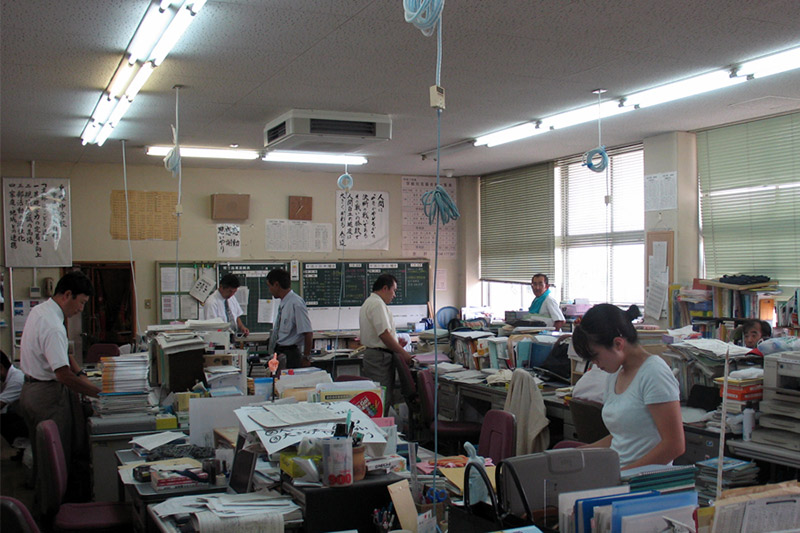
As mentioned above, the classroom belongs to the students and even the homeroom teacher doesn't have a desk there. The home base for all teachers is the teachers' room, a safe haven for lesson planning and decompression, most of the time. In theory, students aren't allowed in the teachers' room without permission, but this depends on the school. Schools with large numbers of rowdy students may have trouble keeping said students out, though they'll certainly try.
Tofugu's own Rich calls the teachers' room his favorite part of the Japanese school system:
This room helps foster a sense of camaraderie and cooperation. Daily morning meetings allow a chance for announcements and make sure all staff members catch up on the latest events, problems, and concerns.
WHAT THIS MEANS FOR YOU:
At first, the teachers' room can feel a bit weird for those of us from cultures where cubicles and personal space are the norm, but the camaraderie Rich mentions is mostly due to the open setup.
Though the teachers' room has stresses of its own, it's a retreat from the stresses of student activity. That said, it's not like the fabled "teachers' lounge" in the U.S. where no student may tread. Students sometimes visit, with and without permission. Be ready for visits of curiosity and annoyance from certain kids. Some can be fun while others less so. You are still on duty while at school, so handling these situations is part of your job. Talk with your supervisor if you're having trouble with too many visits at your desk.
Teacher Rotation
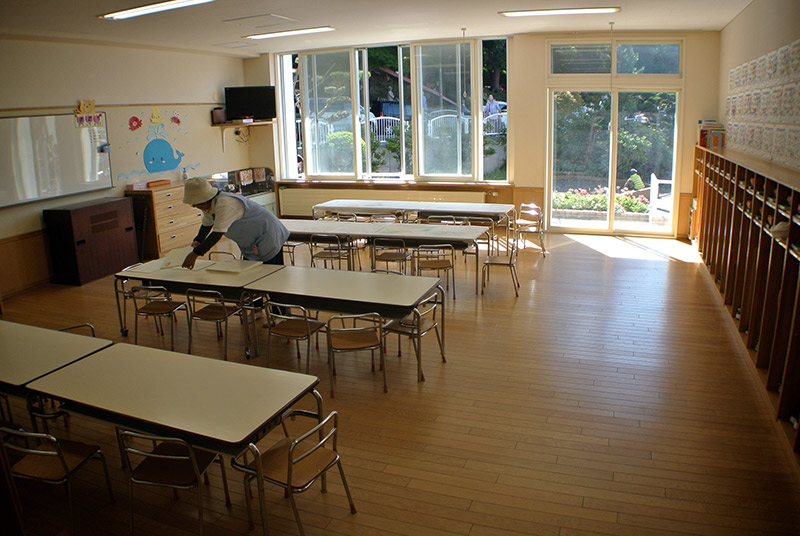
Teachers in your home country most likely work at and for a particular school. To change schools would be their choice. In Japan, however, teachers work either for the municipal or prefectural boards of education. This means that their positions are subject to change every year when the school year ends in March. A teacher could be at school for one year, ten years, or more. It all depends on the particular BOE and their secret ways, which are many and, well, secret.
WHAT THIS MEANS FOR YOU:
Teacher rotation is tough for the ALT who may already have a tough time forming bonds in Japan as it is. If a certain JTE is great to work with, they may not be around the next year. Conversely, if a certain JTE makes for difficult collaboration, you may not have to deal with them your whole time on JET. This is certainly a mixed blessing that will keep you on your toes and constantly meeting new people.
Organization
Uniforms and Dress Code
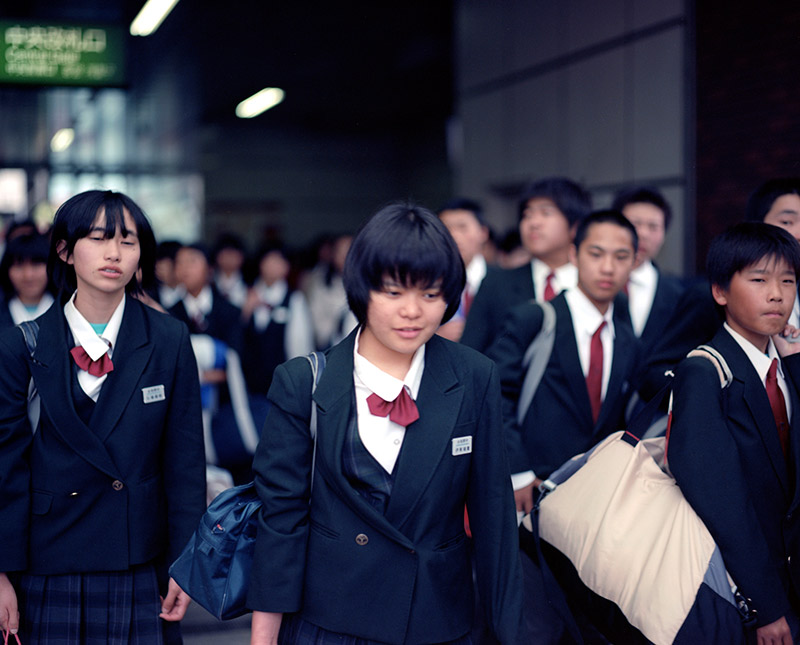
At the elementary level, uniforms are not required. Private schools may have uniforms at this age, but most elementary students have dress codes rather than uniforms. The closest thing elementary kids have to a uniform is their cute yellow hats and hard shell randoseru backpacks.
Junior high is the beginning of the iconic Japanese school uniform, with dark jackets and pants for the boys and sailor shirts and skirts for the girls. This continues into high school, though the uniforms may be more stylish to attract higher level applicants.
WHAT THIS MEANS FOR YOU:
Not much besides a difference in culture. Your dress will be dictated by your school and contracting organization. It could be as informal as polo shirts and blouses or as formal as suits. The practical aspects of the uniform won't affect you. But the idea behind it, the concept of uniformity, most certainly will.
The School Year
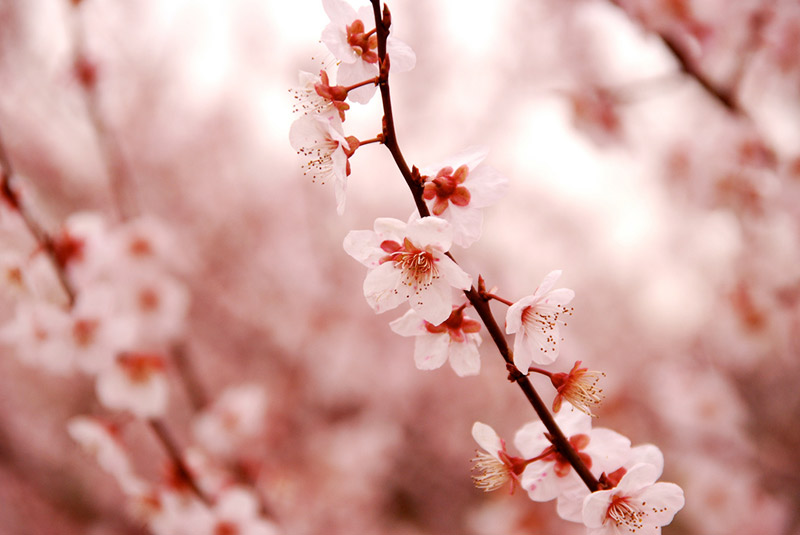
If you're coming to JET from the U.S like I was, the "back to school" season may conjure memories of falling orange leaves, crisp weather, and those waning summer days. Not so in Japan. School starts in springtime. The Japanese school year begins in April and runs through March of the following year. An example schedule is as follows:
- First Term – early April to late July
- Summer Break – late July to late August (usually 6 weeks)
- Second Term – early September to late December
- Winter Break – late December to early January (usually 2 weeks)
- Third Term – early January to late March
- Spring Break – late March to early April (usually 1 week) And the cycle continues…
Bear in mind that the above is an example of the norm, but exact start and end times vary throughout the country due to weather and other factors. Still, it's very likely that your school's schedule will look something like this one.
WHAT THIS MEANS FOR YOU:
As a JET Program participant, you'll arrive in Japan in late summer when the school year is halfway over. You'll certainly be welcomed in some capacity, but you're essentially jumping into a race that everyone else has been running for 5 months. This can make your transition a little more complicated. Bear this in mind as you start your new life. Be patient with yourself and your host environment as you get situated.
Grade Levels
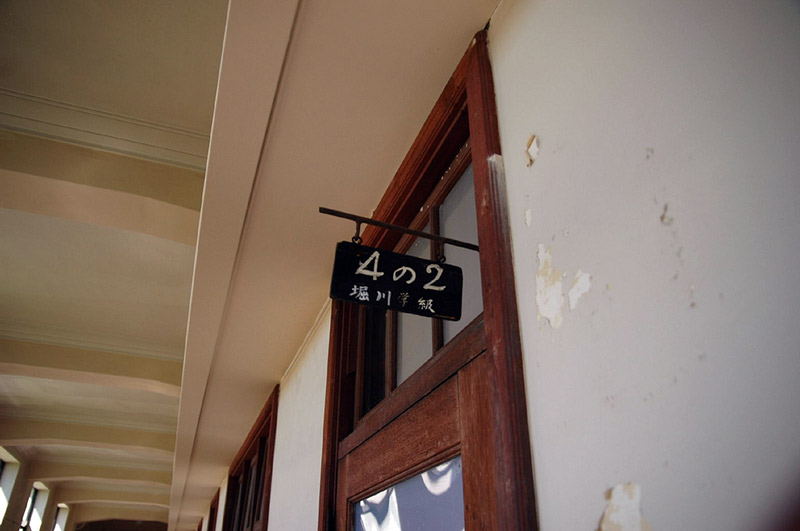
Grade levels in Japan more or less correspond to those in other countries, with slight variations:
- Elementary School: 1-6
- Junior High School: 1-3
- High School: 1-3
WHAT THIS MEANS FOR YOU:
There isn't a whole lot of adjusting to do in this area. It's just good information to know. Knowing Japanese grade levels will simply give you an idea of the range of English levels you'll be dealing with as a teacher. Junior and High school both have half the range as Elementary, which is wider.
Classrooms

Classrooms belong to the students, plain and simple. Rather than move around from class to class, as is the norm in the U.S., students stay in their homeroom and teachers of various subjects come to them. The exceptions are P.E., home economics, music, certain science classes, or any subject that requires more than desk for learning to take place.
Students generally spend all years at a given school with the same group of classmates. This homeroom resides in one room, cleans that room, eats in that room, and sometimes even decorates it. This system has it pros and cons, but the end result is that school groups become a family in and of themselves.
Each class has a homeroom teacher who is expected to be involved in their students' lives, almost like a surrogate parent. This includes home visits during which the teacher meets each student and their parents.
WHAT THIS MEANS FOR YOU:
The "family" element of Japanese homerooms can be a lot like real families: functional and empowering or dysfunctional and detrimental (or some mixture of both). The classroom is the student's turf, so gaining control can depend heavily on what kind of "family" you're entering into. This doesn't mean certain classes are "hopeless," rather more focus on engagement may be required. This can lead to enhanced bonding with the JTE of that classroom and other rewards not offered by more compliant classes.
Footwear

The no-shoes-in-the-house custom extends to school where every student has their own locker or cubby for shoes right at the entrance. (No locker for books though. Students keep all books and personal effects with them in their homerooms.)
Besides the normal indoor school shoes, there's usually a gym shoe requirement as well to keep those shiny wooden planks their squeakiest.
WHAT THIS MEANS FOR YOU:
You'll also have to take off your outdoor shoes off before coming into work. Buy a comfy pair of school shoes since you'll be wearing them 8+ hours a day. Don't be afraid to drop some cash on an Amazon purchase for the perfect footwear. I started my JET career with a cheap pair of $20 school shoes and paid the price within a month. Get something with a lot of support. Your spine will thank you.
A minor annoyance you may run into is being unable to exit school from any doorway but the one you came in. It probably won't happen often, but eventually you'll need to talk to a teacher who is out on the athletic field and your outdoor shoes will be at the other end of the building.
Activities
Lunch Time
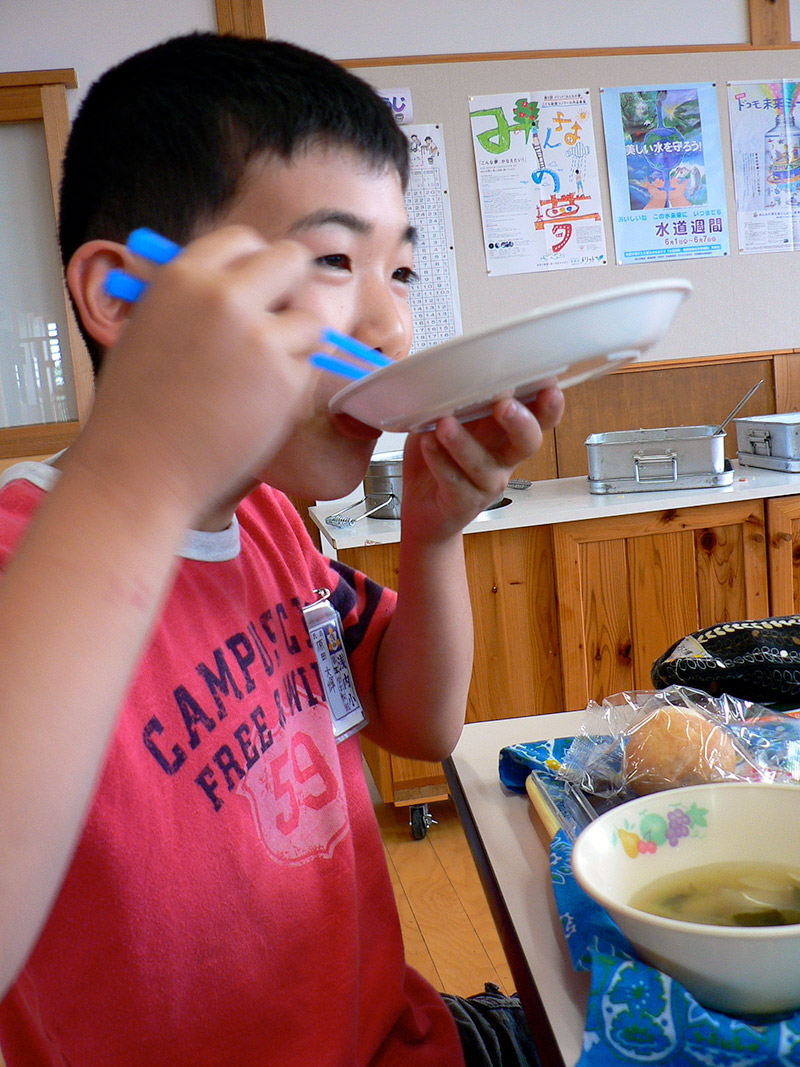
Japanese schools don't have cafeterias and students eat in their homerooms. They eat either school provided lunch called kyuushoku 給食 or bring a bento from home.
Junk food is not allowed at school, not even juice. This didn't stop my rowdy students from munching kombini snacks out of their backpacks, so don't be too surprised if you see this rule broken from time to time.
WHAT THIS MEANS FOR YOU:
The no junk food rule extends to teachers while students are in the building. This is the same line of thinking that keeps AC off in the teacher's room during summer. It can be frustrating if you come from a culture where teachers enjoy privileges students don't. Even if you don't understand the reasoning, try to accept it as one of those things that just is the way it is (and sneak matcha kit kats from your desk when no one is looking).
Time
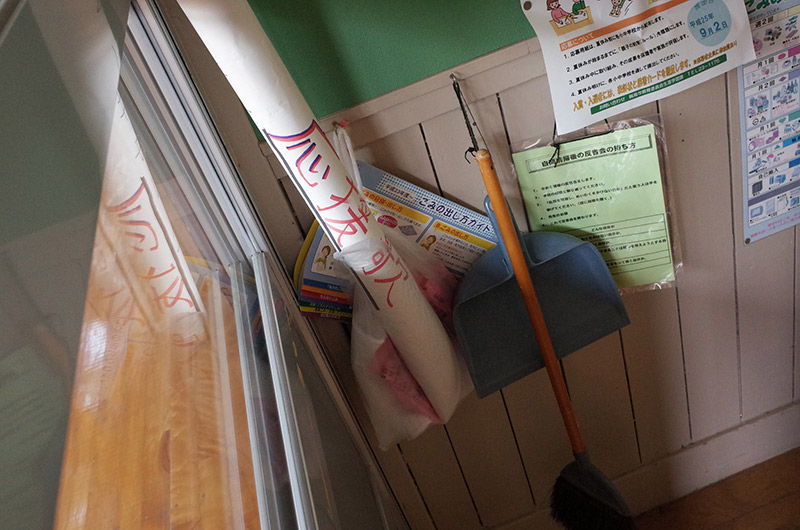
Japanese schools don't have janitors. Instead they set aside time for students to clean the building. This is called osouji お 掃除 . It's the Pikmin approach to cleanliness. While the thoroughness of the cleaning depends on the individual student, it can't be denied that the practice in itself is a good bonding experience that (most likely) teaches responsibility. Plus, the school usually plays wacky music around this time, which is a nice mood change.
WHAT THIS MEANS FOR YOU:
You may or may not be asked or expected to participate in cleaning time, but give it a try anyway. It's one of those things that makes you feel better despite not wanting to do it. Not to mention, cleaning time gives you a nice break from the teacher persona and lets you have a little more fun with your students.
Club Activities
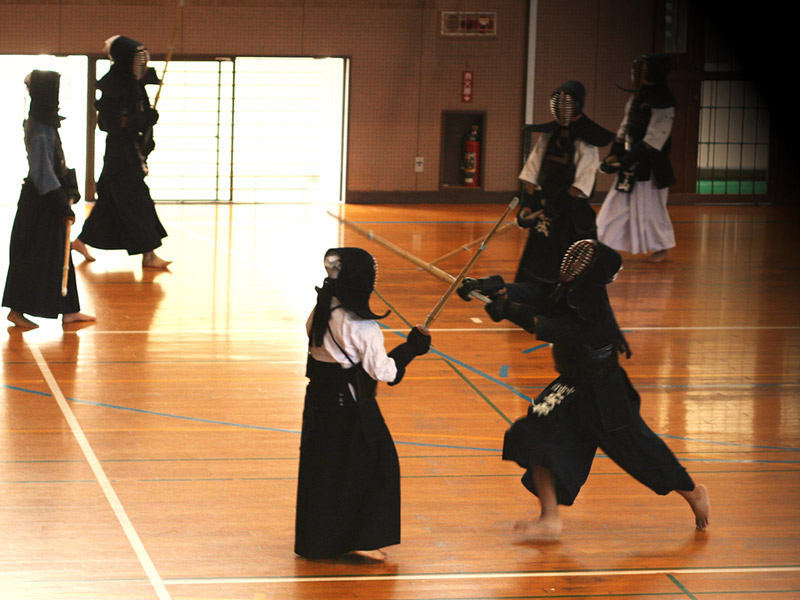
A good slogan for Japanese schools would be "Come for the compulsory education, stay for the club activities." Whatever the students' feelings toward classes are, club activities are a different story. Long after school ends, clubs continue for kids to run, play, build, compete, and do anything but study. The school becomes a different place after classes end. And staying to experience it is worth your time.
WHAT THIS MEANS FOR YOU:
You don't have to try out for these clubs and they aren't about competing or beating other teams. They're more for self-improvement and togetherness. Thus, you joining a club shouldn't be because you're an expert who will help the team, but rather because your participation in a team will help you build skills and relationships.
If you do choose to join a club, however, be clear about how many times you intend to visit. If you visit once, it will be assumed you're in it for good. That means every day after school and some weekends. It's okay to visit once a week, or however you choose. Just be clear with the teacher of the club and the club members that you'll be committing a predetermined amount of time.
School Festivals
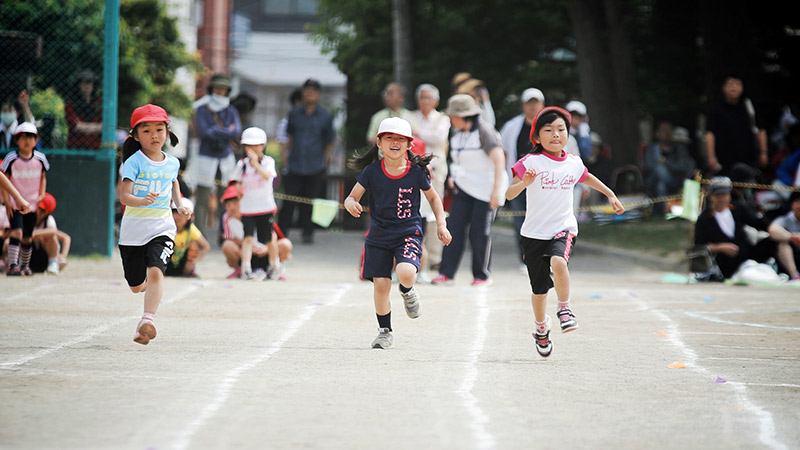
Japanese schools have two main festivals a year: Sports Day and the Culture Festival. There may be more but these are the two you'll most likely encounter.
- Sports Day: Usually held in in late summer, Sports Day or undoukai 運動会 is a full day or two of relay races, long jumps, and various other events. It's a great chance for friendly competition and group bonding.
- Culture Festival: This festival is a bit more nebulous as it's defined by MEXT as "[an event] which aims to use the results of everyday learning to heighten motivation." It also goes by the names, Daily Life Exhibition, Learning Exhibition, and School Festival. Classrooms are transformed into cafes or stops for activities. Students perform. Food can happen. Almost anything goes at a culture festival as long as it's nice and heightens motivation.
- Chorus Concert: Students singing. Oh, those singing students. That's about it.
WHAT THIS MEANS FOR YOU:
Not much besides some days off work, organizing events, and participating in them. Festivals are a welcome break from the teaching routine. Plus there's usually enkai after!
Enkai

This has nothing to do with students and everything to do with you. Enkai are arguably one of the greatest benefits of being a teacher and you'll want to go to as many as possible.
WHAT THIS MEANS FOR YOU:
Eating, drinking, and karaoke. Enkai are essential morale boosting and bond forming experiences for teachers. If you're feeling disconnected at your school, go to an enkai. It won't fix all your problems, but it'll certainly help a lot. At the very least you'll get some great food and drink.
Enkai can be expensive, up to and exceeding ¥10,000. If there are many in a row, it can be tempting to start ducking out. If you really can't afford it, by all means decline. But the JET salary is rather generous, and the money you save won't be worth the experiences you'll miss out on. Enkai are exclusive to those in a particular company, restricting even spouses of coworkers. If you're invited to an enkai, you are part of a group and the more group stuff you do, the easier it is to function in that group.
Ceremonies
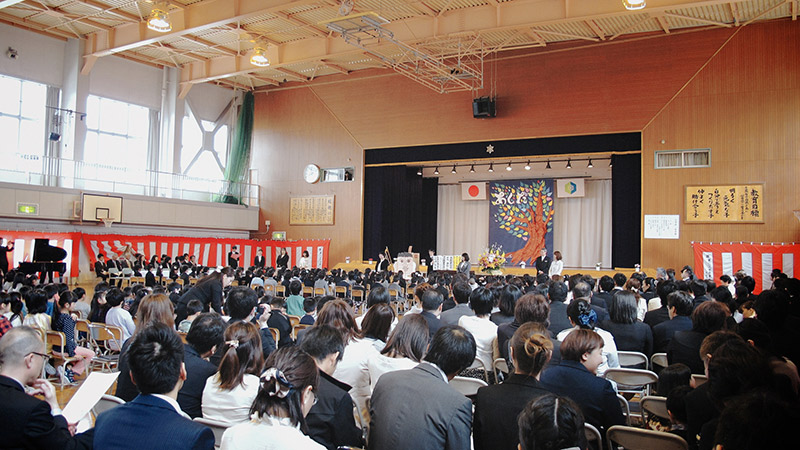
Who doesn't like a good ceremony? Japan certainly doesn't not love them a whole damn lot. There are usually ceremonies at the open and close of each trimester. But none are more grandiose than the big two: the Entrance and Graduation Ceremonies.
The Entrance Ceremony or nyuugakushiki 入学式 is a momentous day for students, but more so for parents. Older students will help younger students find their classrooms where they meet their homeroom teacher and classmates. Parents congregate in the gym where the students eventually come back to join them. Then the ceremonies begin: speeches, songs, school song, more speeches, speeches, and then perhaps even a speech. Parents usually eat up the entire day snapping pictures and fixing hairs. Though probably dryer than ceremonies in western countries, the opening ceremony is not unlike mandatory school gatherings elsewhere, and this similarity is interesting to note for the visiting ALT.
Graduation Ceremony or sotsugyoushiki 卒業式 is much like the Entrance Ceremony but more serious. Again, there will be the school song, the national anthem, other songs, and lots of speeches. Of course, students will get up to receive their diplomas and a good deal of crying will ensue in various pockets of the gymnasium. This is probably the best ceremony because emotions are high, making it less dry and more meaningful.
WHAT THIS MEANS FOR YOU:
For opening and closing ceremonies during the school year, it means sitting through speeches in the gymnasium. For opening and graduation ceremonies, it means experiencing a very important cultural part of Japanese life. Yes, it's still speeches and songs but they're speeches and songs that mean a lot to the people involved.
As a side note, pay attention to homeroom teachers sitting near you or try to sit as far away from them as you can. During certain parts of ceremonies, homeroom teachers may sit and stand over and over, which might fake you out prompting you to stand when you're not supposed to.
When it comes to the music of the ceremony, try and learn your school song. Every school in Japan has a song. It's fun to sing along with the teachers and students and gives a greater sense of belonging if you take the effort to learn it. My school was pretty difficult to integrate into and I found learning the school song a pretty helpful step towards feeling more motivated in my job.
Machines and Contraptions
Toilets
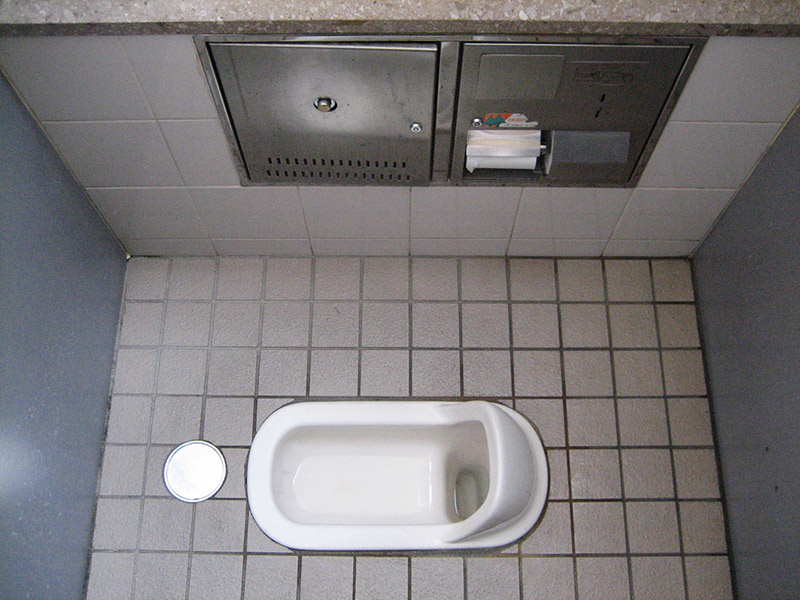
There are usually large restrooms on each floor in varying degrees of modernity. Floor toilets are most common, though the teacher's bathroom may feature a western style toilet.
WHAT THIS MEANS FOR YOU:
If you need to go while teaching on the third floor, far from the teachers' bathroom, it may mean toiletting with students. Floor toilets may seem intimidating or weird at first, but the position it forces you to be in is actually more natural for the human body than sitting upright.
Heating and Cooling
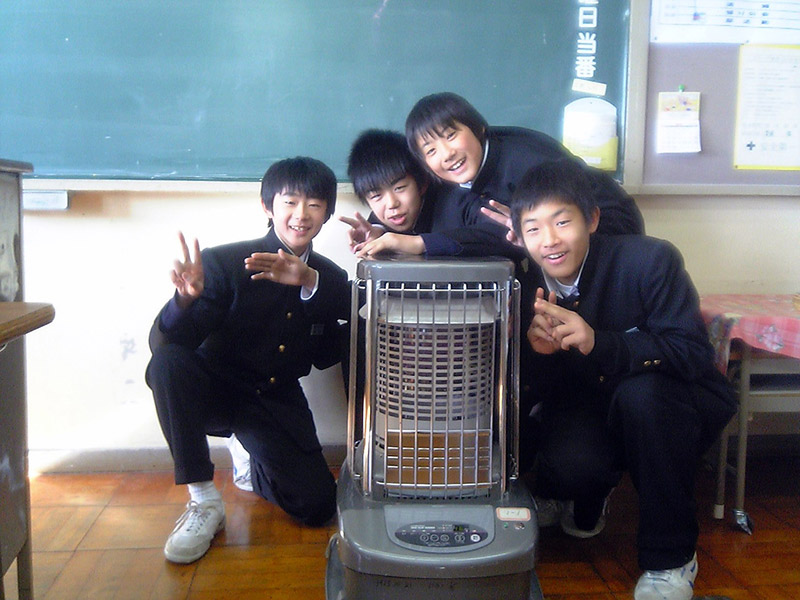
Japanese schools don't usually have AC, though there are pushes here and there to have it added. There may be heating and cooling units in the teachers' room, but this doesn't make it a comfort sanctuary. If your school does have AC, it can't be used until after the students leave, as teachers are expected to endure the same conditions students do. If your students are gone and it's June 29th, you're still out of luck. AC use is dictated by your BOE, and schools generally aren't allowed to use it until July 1. This has everything to do with the "cool biz" campaign started in 2005 to reduce the amount of electricity used in Japan during the summer. The upside is every day in summer is casual Friday!
Schools may or may not have heat. If they do, it will be in the form of kerosene heaters in each classroom, which requires the opening of windows to keep everyone from suffocating on fumes. This may seem counterintuitive, but keeping the windows open has a second purpose: ensuring that cold and flu germs get flushed out into the open air rather than swirling around inside. There's a lot of pros and cons to this open window winter practice, but it's common throughout East Asia so it's not likely to change any time soon.
WHAT THIS MEANS FOR YOU:
This may mean a lot or very little depending on how you personally deal with hot and cold. Chances are you handle one of these well and the other not so much.
Coping with the heat means casual (but not too casual) wear every day of the week. It's actually a nice break from the otherwise formal atmosphere. The whole school takes on a relaxed feel. The downside, of course, is it's really REALLY hot. The second upside is taking part in Japan's heat-enduring culture. It may feel terrible at first, but you won't be the only one. It sucks to be hot when everyone else is comfy in their Escalades. But it's strangely refreshing when everyone is enduring the heat together.
Coping with the cold means dressing in layers. I personally hate cold so the first month of winter with open windows was torture. But once I learned to layer from top to bottom (thermal shirts and leggings), winter actually became pretty nice. There's also a cold enduring culture in Japan as well, which will bond you to your students and coworkers.
Tech

Schools in Japan tend not to have much built in tech for the classroom, though some prefectures are experimenting with mixed results. The teachers' room should have one or two computers, some printers, copiers, and fax machines. But that will likely be the extent of your school's futuristic powers. The only tech in the Japanese classroom is the kind you bring with you.
Despite everything I just wrote, I will contradict it by saying that my school, while being severely inaka and low performing, had computers and projectors in every classroom. As the old and hated saying goes, every situation is different.
Tech Side Note: If you're really lucky your school will have a room with a giant console dedicated to recording audio cassettes. Those things are awesome.
WHAT THIS MEANS FOR YOU:
The burden of implementing slideshows, videos, audio, and other media rests on you. But even if you have an iPad to bring to class, the screen is only so big and it may not be something you want to pass around. This means that your lessons will end up analog. It's definitely frustrating for the more tech-reliant (pointing at myself here). But constraints, though not fun, foster creativity.
Understanding Differences Between Japanese and American Schools
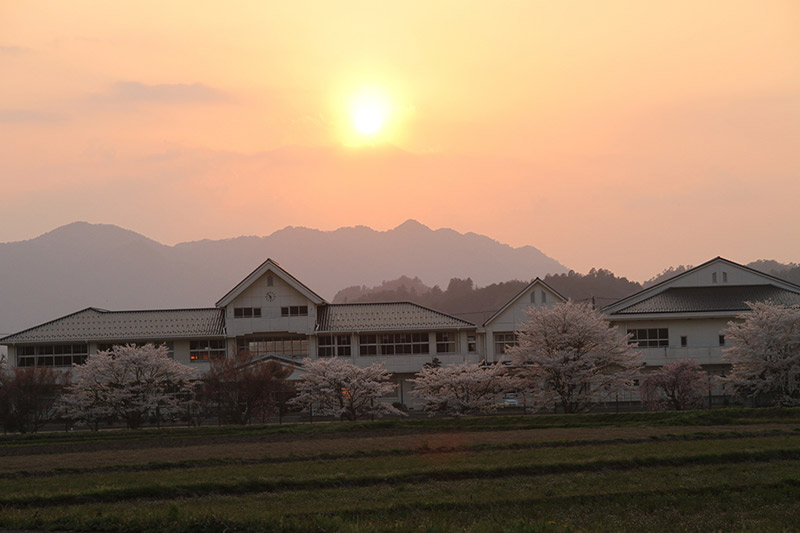
Though Japanese schools may sometimes feel upside down and backwards, the truth is they are part of a flawed and fully functional system that successfully prepares 10,000,000 human beings a year for real life. Bear in mind that while some things could stand improvement, most things work fine and are simply different. What's more, some things in the Japanese classroom may be better than those in other countries. Consider this anecdote from American psychologist, Jim Stigler.
While visiting a classroom in Japan, Stigler observed Japanese students trying to draw a 3D cube with varying degrees of success. The teacher chose a boy who was struggling and had him come to the board to draw his cube. After an imperfect attempt, the teacher asked the class if he had done it correctly. They answered, "no."
Stigler was terrified for the boy, but the boy didn't get upset. Instead he continued throughout the rest of the class, after which the teacher asked again if he had gotten the cube right. The class answered, "yes" and the student returned to his seat triumphant.
What happened? Stigler explains:
I think that from very early ages we [in America] see struggle as an indicator that you're just not very smart. It's a sign of low ability — people who are smart don't struggle, they just naturally get it, that's our folk theory. Whereas in Asian cultures they tend to see struggle more as an opportunity.
The boy was allowed to struggle without judgment. These realizations can be hard to recognize without a psychology professor to point them out. But keep an eye out for them and keep reading about Japan and Japanese education during your time on JET. Understanding these things makes for much easier living. You don't always have to agree, but it helps to know the ideas behind the realities you're living in.
